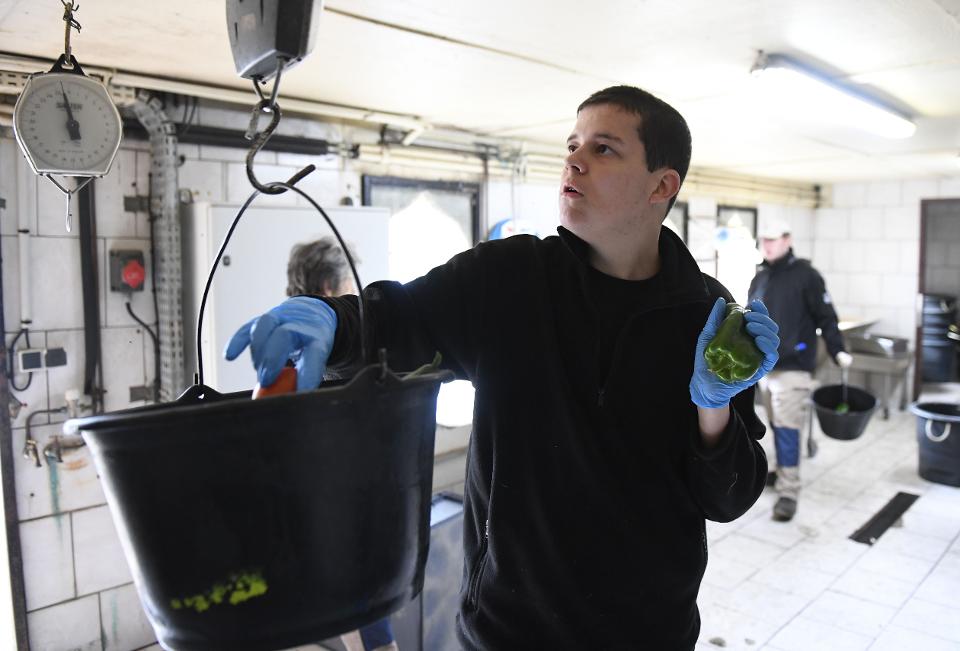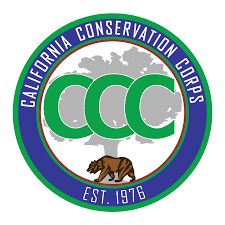 As we approach this Labor Day 2017, I’d like Californians to meet the Neurodiversity Workforce Brigade. The Brigade employs tens of thousands of adults with neurological conditions that often are impediments to mainstream employment, primarily autism, severe ADHD, and other serious learning and mental health conditions. All of its members previously were unemployed Most were on one of the government benefit programs, Social Security Disability Income (SSDI) or Supplemental Security Income (SSI).
As we approach this Labor Day 2017, I’d like Californians to meet the Neurodiversity Workforce Brigade. The Brigade employs tens of thousands of adults with neurological conditions that often are impediments to mainstream employment, primarily autism, severe ADHD, and other serious learning and mental health conditions. All of its members previously were unemployed Most were on one of the government benefit programs, Social Security Disability Income (SSDI) or Supplemental Security Income (SSI).
The Brigade employs them to provide useful public service employment. Their work builds on their strengths and abilities in different areas, including their attention to detail, focus, and loyalty.
- Some of them provide services to the elderly. They serve as companions and aides to residents of long term care facilities. They provide assistance to the nursing staff, and dining hall staff and maintenance staff.
- Some are engaged in parks and urban greening projects. They use their skills to plant and maintain our local parks, to engage in tree care and landscape care, and in habitat restoration.
- Some serve as museum and cultural center guides. They are tour guides and docents, and often are able to draw on their memory skills.
- Some work at the motor vehicle department to reduce backlogs, and at public safety departments to speed up response times.
They are paid at minimum wage, but what is most important is that they’re paid. Their efforts are not being taken for granted—as often is the case in adult day care volunteer activities.
Though Brigade members work in different locations, they come together each week in mutual support, helping each other with work and life challenges that arise. Outside of work, they are no longer isolated. They band together in their own social networks, going to baseball games, or getting together to go bowling, or hiking or to a restaurant. They volunteer with local churches and synagogues.
From its origins in the late 1800s, Labor Day has called forth visions of new employment structures. The Neurodiversity Workforce Brigade currently is such a vision for 2017, but it is also more. Various elements of the Brigade are quietly arising in different locations. The ideas and energy that will propel it are operating throughout the United States, most of all in California.
Here in Northern California, several pilot Brigade projects are in stages of development. In Sacramento, Dr. Lou Vismara, a prominent cardiologist turned full time autism employment activist, is testing a small public service employment pilot employing adults with autism in long term care facilities, starting with dining hall assistance, facilities maintenance, and care staff assistance. In these work settings often portrayed as dreary and depressing, Dr. Vismara envisions connections arising between adults with autism and seniors—connections of friendships and mentoring—through the daily interactions.
Dr. Vismara’s project is being done in concert with the community agency, PRIDE Industries, and with the California Conservation Corps (CCC), the public service brigade that Governor Jerry Brown founded in the 1970s. The CCC for four decades has employed youth in projects of land conservancy, road clearing/fire control, and urban greening. The CCC now is reaching out to youth with developmental differences, first with this pilot in senior services, and possibly beyond in a range of other new service areas.

In the Bay Area, a team of community groups and staff at the San Francisco Public Utilities Commission is planning its own brigade for neurodiverse adults to be employed on the $2.9 billion first phase of the Sewer System Improvement Program. On this major public infrastructure, the adults will start in the design phase, in positions with engineering, architecture, and environmental firms, engaged on the project.
The American Enterprise Institute’s Robert Doar was an architect of one of the most effective public service employment projects of the past four decades: the employment of welfare recipients in New York under Mayor Giuliani at city parks in cleaning, safety and maintenance. Today, Doar sees a similar or greater opportunity for public service employment in parks employing adults with developmental differences.
Public service employment on a large scale was abandoned in the United States over three decades ago, for good reasons. It was tried under President Carter in the late 1970s, as a way of reducing unemployment overall, which by 1976 had climbed to over 7 percent-the highest since the Great Depression. After a few years, even many of its supporters grew disillusioned. Lax supervision, little accountability, and few outcomes characterized many of the jobs and projects undertaken. Federal funds were regarded by local governments as “free money.”
But a Neurodiversity Workforce Brigade will do better in terms of accountability and outcomes. To move throughout the neurodiversity employment community today is to see an enormous outpouring of energy and creativity in trying to create jobs in small businesses, microbusinesses, and creative collectives. This same creativity can be applied in developing public service projects for the Brigade, that are characterized by accountability and outcomes.
In Atlanta, for example, Chet Hurwitz and his wife Sara Barron, are creating a series of small businesses to employ adults with autism–starting with businesses in data entry and product fulfillment. Like other business ventures being created to employ these adults, their businesses must meet challenges of surviving in very competitive market conditions, while paying decent wages and integrating a workforce not hired elsewhere. Hurwitz and Barron are two of the autism employment activists whose commitment and business experience are being tapped today to identify productive services for the Neurodiversity Brigade, along with hundreds of other autism activists throughout the country.
When Labor Day was established in 1894, job loss through automation, the concentration of wealth, and wage stagnation were widespread concerns–very similar to today’s employment concerns. The last two decades of the 1800s gave rise to a genre of utopian novels, that portrayed future societies of full employment and labor harmony. Looking Backyard by Edward Bellamy, one of the most popular of these novels, envisioned a full employment society driven by technological advances and centralized planning. William Morris’ News from Nowhere, in contrast, found full employment and social harmony through a return to a pre-industrial past of farming and low tech craft.
These novels were filled with a good deal of the Marxist dogma of the time, and were never serious economic programs. The Neurodiversity Workforce Brigade is a Labor Day vision not weighted down by ideology and dogma. Further, it is one that is in its early stages of being put into practice. By Labor Day 2018, I will report back to you on its progress.

